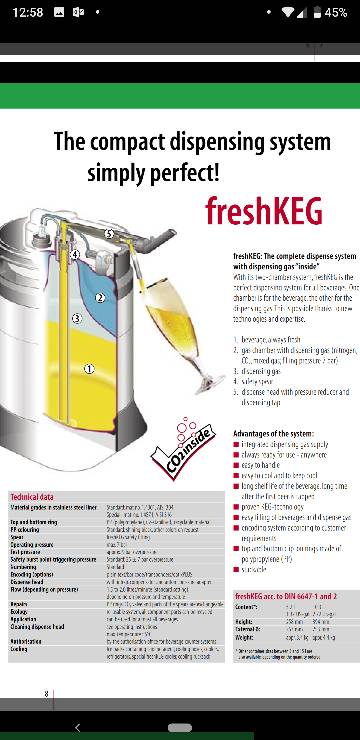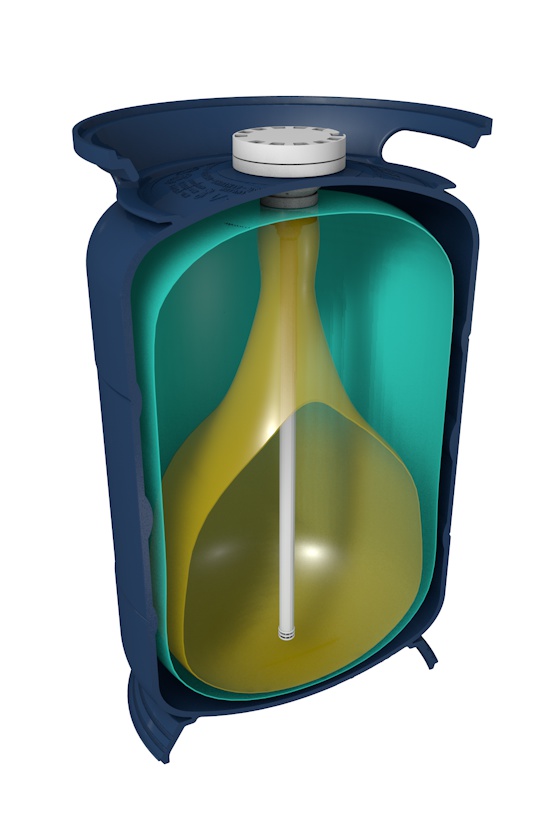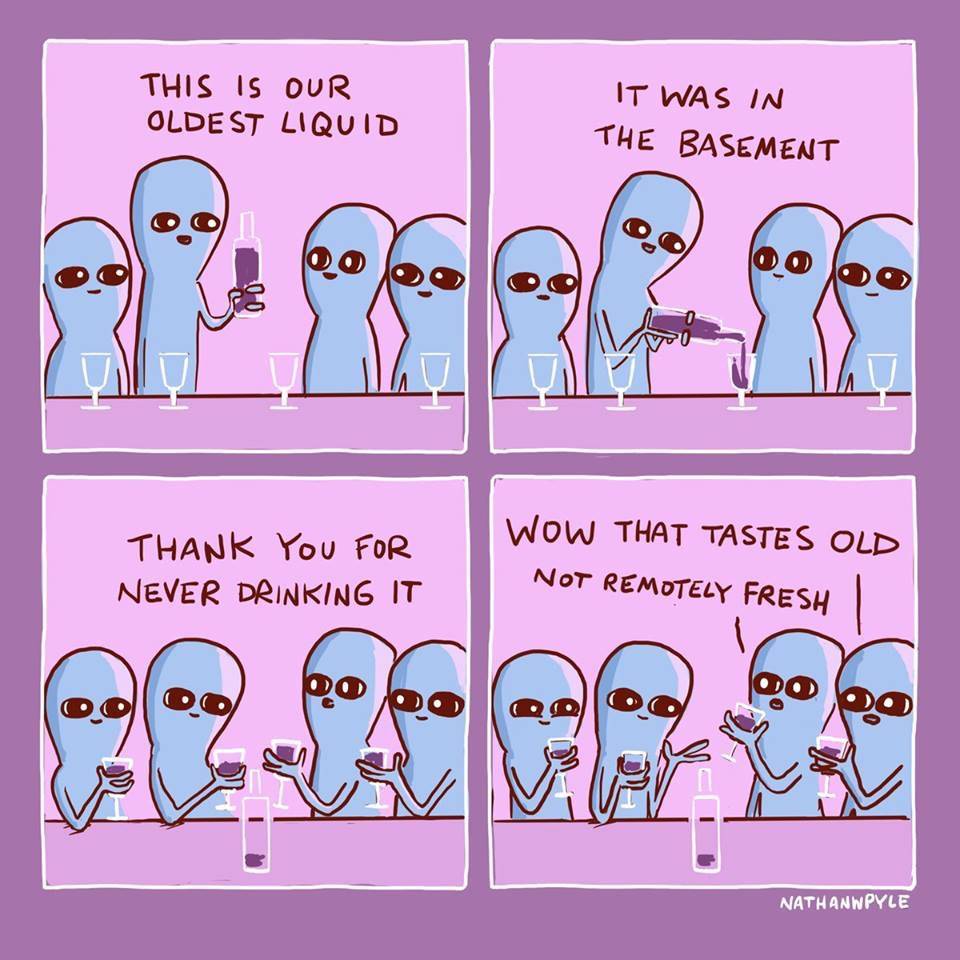Bilsch
Well-Known Member
- Joined
- May 4, 2015
- Messages
- 1,665
- Reaction score
- 1,509
I've taken the liberty of highlighting the parts that confirm my statement that pumping CO2 into the headspace with the same purity grade CO2 will result in much lower O2 levels than what you'd get if you were to carbonate through injection with the same grade CO2. In this case you'll end up at 14 ppb instead of 143 or about 1/10th. If you still don't understand the difference then I'm sorry but you're the one who obviously doesn't understand the underlying physical principles. The huge difference is due to the fact that O2's solubility is approximately 3.7% that of CO2, so a lot more O2 has to stay in the headspace for very little O2 to actually get into the beer. Yes, there is some O2 enrichment of the headspace if you don't vent it so that the O2 concentration in the headspace will increase and Hach estimates this will lead to a doubling of the concentration of dissolved oxygen, but still we're talking 14 ppb against ten times that! If that isn't a huge difference than I don't know what is.
I applaud your tenacity and effort toward proving your point but in this case you've missed one little detail which is a fatal flaw in your argument.
Yes are correct the solubility of O2 in the liquid is relatively low and of course if this were water in the keg, O2 in solution would remain constant but this is beer and beer is full of antioxidants like the lovely malty polyphenolic substances and the delicate hop flavors as well as melanoids and other maillard products which will darken with oxygen exposure. These are the things we are trying so hard to protect from oxidation in the first place. Since this system is dynamic and not static, like if the keg were full of water, as the antioxidants do their thing the O2 partial pressure in solution will fall which makes way for more oxygen to go in solution and so on and so forth until all the O2 is gone along with your beer flavor. This is why breweries refer to the amount of oxygen in a bottle or keg as TPO (total package oxygen). They know that fairly quickly all the oxygen, even in the headspace, will end up in the beer and do its damage.
Ah but you say this won't happen for weeks so I'm cool as long as I can drink my beer before this all happens. Well not really since all the oxygen in the headspace will actually end up in the beer in a matter of hours or a few days at the most because of certain enzymes and lipids in the beer that more weakly, but quickly bind with oxygen are essentially acting like short term storage for the oxygen then giving it up over time to other antioxidants.
This is why, in terms of oxidative damage to your beer, injection carbonation is no different than headspace pressurization carbonation. In a closed system i.e. a sealed keg, TPO is TPO.
Much like you Mr Vale, I also have grown a little tired of this testy back and forth and would much prefer to have a more polite exchange of ideas. I think we were on the right track with this thread until some got the idea it would be fun to kick the door open and sling some mud at or in the general direction of the Lodo brewers, showing disrespect and calling us crazy or a cult. Sure we could all just quit talking on this subject but in my opinion there has been some good signal hidden in the noise, from which hopefully we can all learn something.
Last edited:






